Researchers from North Carolina State University have created conductive wires that can be stretched up to eight times their original length while still functioning.
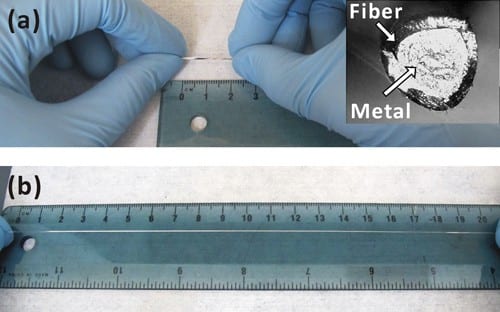

Researchers from North Carolina State University have created conductive wires that can be stretched up to eight times their original length while still functioning.
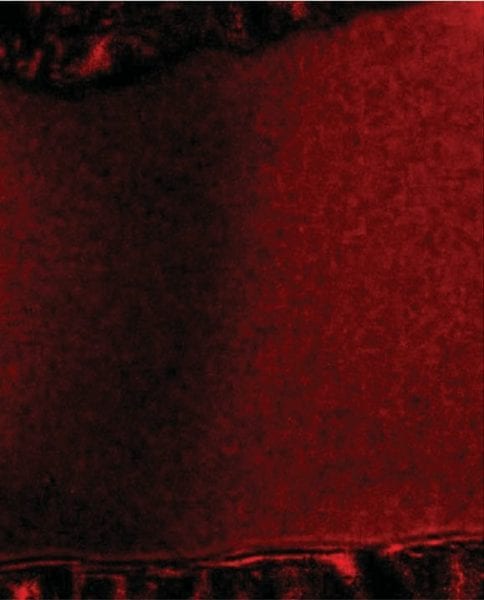
A research team from KAUST in Saudia Arabia have fabricated all-polymer nonvolatile bistable memory devices with potential for use in flexible and transparent electronics.

Insight into the properties of fullerene is set to open the door to better and cheaper organic solar cells.
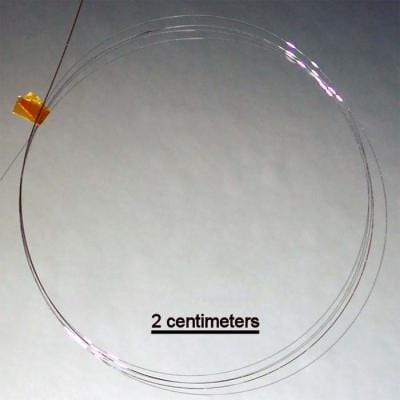
Researchers make a fiber out of crystalline silicon semiconductor materials that can function as a solar cell.
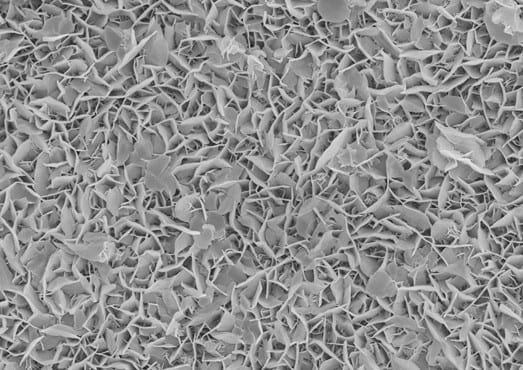
Professor X. W. Lou and co-workers report a new method to grow nanosheets on conductive substrates as a conductive agent-free electrode for supercapacitors.
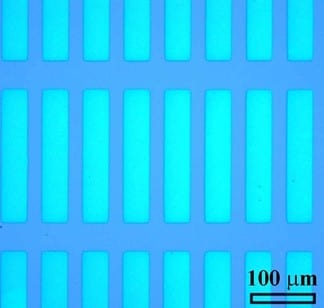
Chinese scientists have shown how to integrate highly stable graphene-based multilayered film via a novel covalent-based protocol.
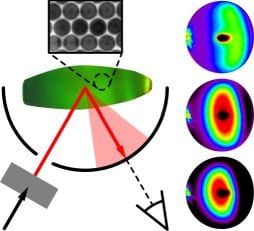
A new hyperspectral goniometry technique, to measure 3D angular scattering of light, shows scattering from polymer opals is anisotropic.
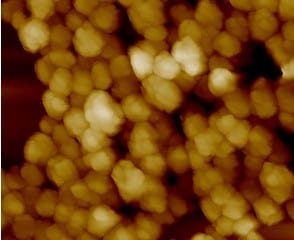
Naturally occurring bioactive nanoparticles derived from a carnivorous fungus could have potential for application in cancer therapy.
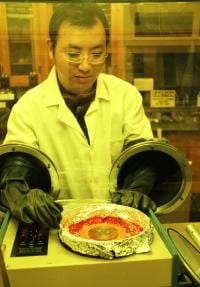
US researchers have discovered new ways of using a well-known polymer in organic light emitting diodes.
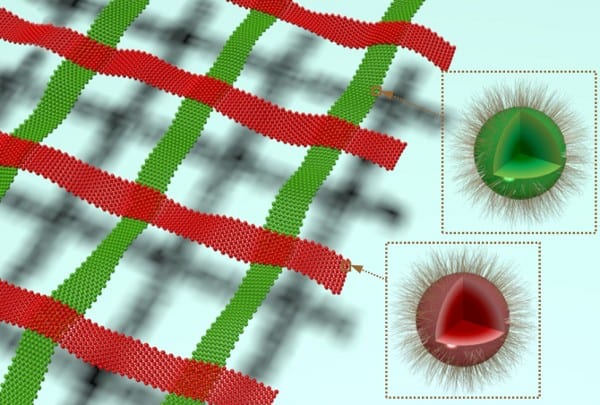
The fabrication and properties of large-area fabrics made from ribbons, themselves made from CdSe quantum-dot nanoparticles, are discussed in new research.